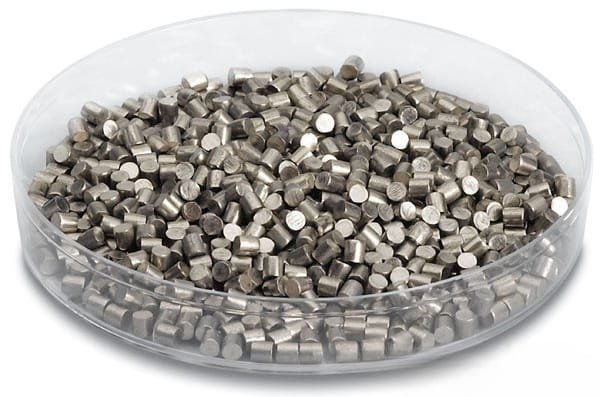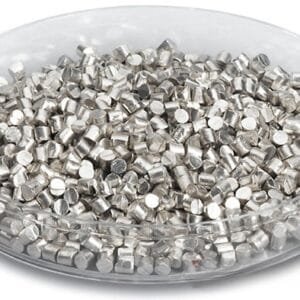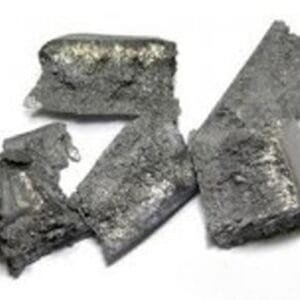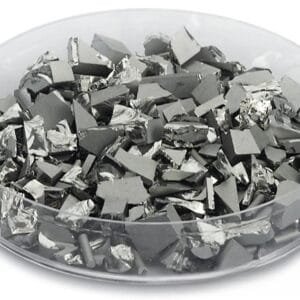Titanium Cobalt Evaporation Materials Description
Our titanium cobalt evaporation materials are advanced alloys composed of titanium (Ti) and cobalt (Co). These high-purity materials, with purity levels reaching up to 99.9995%, are crucial for achieving superior quality in deposition processes. TFM excels in producing these materials with rigorous quality assurance to ensure consistent performance and reliability.
Applications of Titanium Cobalt Evaporation Materials
Titanium cobalt evaporation materials are versatile and used in various applications:
- Deposition Processes: Essential for semiconductor deposition, chemical vapor deposition (CVD), and physical vapor deposition (PVD), these materials contribute to high-quality thin films.
- Optical Coatings: They are utilized in applications requiring wear protection, decorative finishes, and displays, enhancing both the durability and appearance of optical components.
Packaging and Handling
Our titanium cobalt evaporation materials are meticulously tagged and labeled to ensure easy identification and quality control. We take significant measures to protect our products from damage during storage and transportation.
Get in Touch
TFM is a leading supplier of high-purity titanium cobalt evaporation materials. We offer these materials in various forms, including tablets, granules, rods, and wires. Custom shapes and quantities can be arranged upon request. In addition to evaporation materials, we provide evaporation sources, boats, filaments, crucibles, heaters, and e-beam crucible liners. For the latest pricing and information on materials not listed, please contact us directly.


 MSDS File
MSDS File



Reviews
There are no reviews yet.